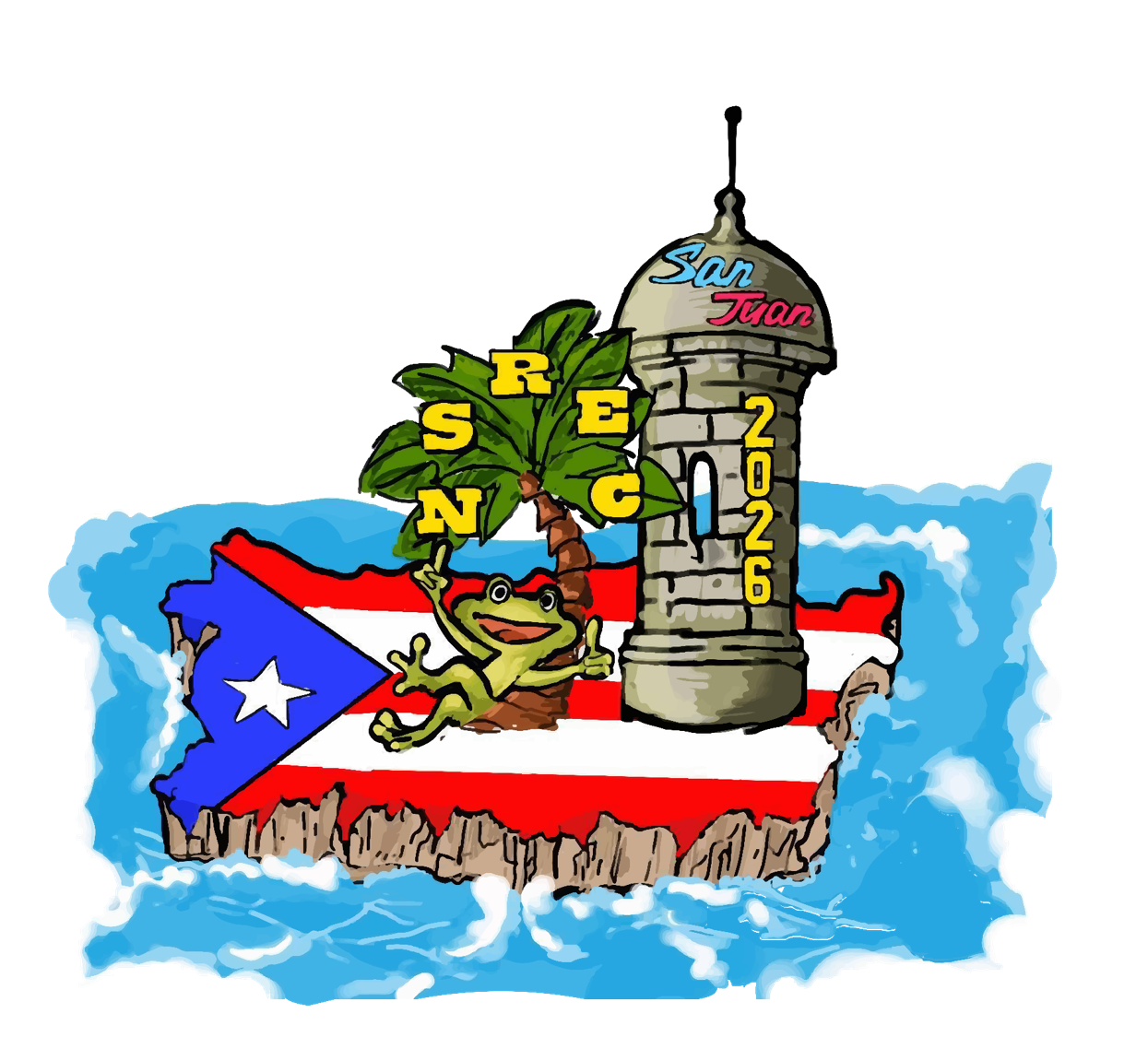2025 IEEE NSREC TECHNICAL PROGRAM SCHEDULE
NASHVILLE RENAISSANCE HOTEL, NASHVILLE, TN
FRIDAY, JULY 18, 2025
7:30 AM
Grand Ballroom 1
Breakfast
INVITED TALK
8:30 AM – 9:30 AM
Grand Ballroom 2-3
Michael Mattox – Built for Applause, Engineered for Chaos
SESSION H
Grand Ballroom 2-3
HARDENING BY DESIGN
9:30 AM
SESSION INTRODUCTION
Chair: Enxia Zhang, University of Central Florida
H-1
9:35 AM
Radiation-Hardened-by-Design Techniques to Mitigate Inductor-Originated Single-Event Frequency Transients in CMOS LC-Tank Oscillators
G. Adom-bamfi1, S. Biereigel2, E. Tackx1, P. Leroux1, J. Prinzie1
- KU Leuven, Belgium
- CERN, Switzerland
This work investigates RHBD techniques to mitigate SEFT in CMOS oscillators caused by single-event sensitivity in on-chip inductors. Heavy-ion microbeam tests on DCO circuits show that incorporating N+ islands and N-well layers reduces SEFT sensitivity.
H-2
9:50 AM
Design and Testing of a 32-Bit Radiation-Tolerant RISC-V Microcontroller Fabricated at the 22-nm FDSOI Node
C. Elash1, Z. Li1, J. Xing1, P. Pour momen1, D. Ramaswami1, D. Lambert1, J. Cardenas1, R. Fung2, S. Wen2, G. Martin3, L. Chen1
- University of Saskatchewan, Canada
- Cisco, USA
- QuickLogic Corporation, USA
A 32-bit RISC-V microcontroller is designed and fabricated at a 22-nm FDSOI node using Radiation Hardening by Design Techniques. Testing of the device shows remarkable tolerance to single event effects from protons and heavy ions.
10:05 AM – 10:45 AM
Grand Foyer
BREAK
SESSION I
Grand Ballroom 2-3
POWER DEVICES AND WIDE-BANDGAP SEMICONDUCTORS
10:45 AM
SESSION INTRODUCTION
Chair: Arthur Witulski, Vanderbilt University
I-1
10:50 AM
Temperature Effect of Single Event Burnout and Leakage Current in SiC Power MOSFETs
K. Niskanen1, A. Javanainen1, C. Martinella2, A. Witulski3, H. Kettunen1
- University of Jyväskylä, Finland
- APS Laboratory – ETH Zurich, Switzerland
- Vanderbilt University, USA
The effect of temperature on the heavy ion response of SiC power MOSFETs was investigated. The single event burnout (SEB) threshold increased and the ion-induced leakage current decreased with increasing temperature.
I-2
11:05 AM
Physical Model for Epitaxial Doping Dependence of Single-Event Leakage Current in SiC Power Devices
A. Sengupta1, S. Kosier1, D. Ball1, S. Islam1, A. Sternberg1, J. Hutson2, J. Osheroff3, R. Schrimpf1, K. Galloway1, A. Witulski1
- Vanderbilt University, USA
- Lipscomb University, USA
- NASA Goddard Space Flight Center, USA
Epitaxial doping plays a dominant role in determining the single-event leakage current degradation thresholds in silicon carbide devices. This is established using the experimental measurements of heavy-ion responses for 1200, 1800, and 4500 V devices.
I-3
11:20 AM
Laser-Induced Single-Event Burnout in GaN Devices
A. Khachatrian1, A. Koehler1, S. Buchner2, J. Hales2, D. Mcmorrow1
- U.S. Naval Research Laboratory, USA
- Jacobs, Inc., USA
Single-event effects in GaN devices are studied using ultrafast laser pulses. Defects in the GaN material lead to an increased sensitivity to SEB, suggesting that the pulsed laser can be used to screen devices.
I-4
11:35 AM
Investigations on TID Effects-Induced Parasitic Transistors in GaN Cascode Power Transistors.
H. Couillaud1, M. Gaillardin1, L. Artola2, G. Hubert2
- CEA, DAM, CEA-Gramat, France
- ONERA/DPHY, France
TID effects are studied for two commercial GaN Cascode power technologies. TID triggers unexpected parasitic transistors which are investigated using both experiments and TCAD simulations.
I-5
11:50 AM
Failure Mechanism Analysis, Modeling, and Simulation with TCAD for Wide Area SEB in 4H-SiC Power Device caused by Proton and Neutron Irradiation
H. Lee1
- QRT Inc, Korea, Republic of
The failure phenomenon in a wide area was analyzed, and this was explained with physical analysis and TCAD based proposed trap-assist tunneling current model for SEB during irradiation in SiC power diode.
12:05 PM – 12:25 PM
CONFERENCE CLOSING

